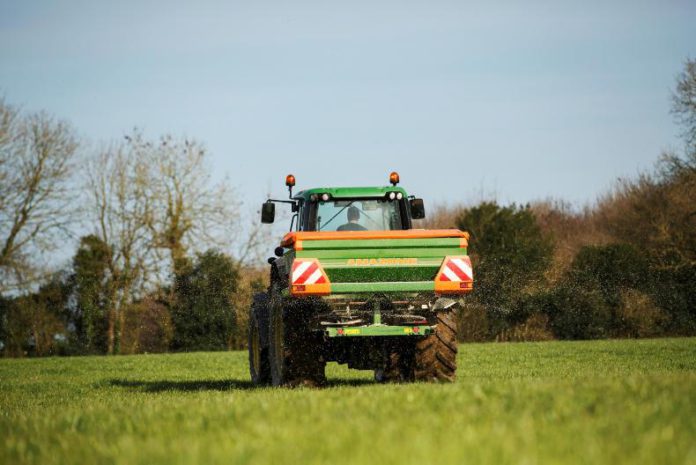Reduce your fertiliser bill this spring by making the best use of soil nutrients and available slurry, but still grow good crops of grass for silage and grazing, writes Christopher Breen of CAFRE.
As fields have been unfertilised since mid-September and free of applied slurry or farmyard manure from the end of October, they are in an ideal state for soil sampling.
Soil samples
Now is the last opportunity to carry out sampling before planned spring slurry application.
You should take samples from each field. If the field is more than four hectares, sample each four-hectare block within the field. When sampling a grass field, walk in a ‘W’ pattern, taking at least 25 cores with a 75 mm auger at regular intervals.
Avoid sampling headlands, dung pats or areas around gates and water troughs. Mix the samples thoroughly before putting 300 g of mixed soil in a sample bag.
You will receive your soil analysis results within a week and your local CAFRE Development Adviser can help you interpret them.
The results can be entered onto the CAFRE Crop Nutrient Calculator to calculate specific field requirements, whilst keeping within the Nutrients Action Programme Regulations.
The calculator takes account of the time and method of slurry application when calculating how much fertiliser nitrogen to apply for first cut silage.
Reduce fertiliser bill – spreading slurry
As a general rule, grazing fields have phosphate and potash recycled by grazing cattle. Therefore, apply slurry to land that is used for silage, targeting slurry spreading onto fields that tested low for phosphate and potash.
This makes the best use of the soil and slurry nutrients and helps avoid nutrient shortfalls where the demand is greatest.
Allow for the nitrogen in slurry when deciding how much nitrogen fertiliser to apply for first cut later in the spring. There is unlikely to be a yield response to applying a total of more than 120 kg of nitrogen per hectare for first cut.
If you use a trailing shoe or shallow injection system to apply the slurry, you will almost double the efficiency of nitrogen use.
The optimum index of 2+ for phosphorus (P) and 2- for potassium (K) will maximise crop yield from the most economic use of inputs.
Further applications of P or K to soils with above optimum indices are not cost-effective. In addition, applications of phosphate above the recommended rates in most cases will be in breach of the Nutrients Action Programme Regulations.





